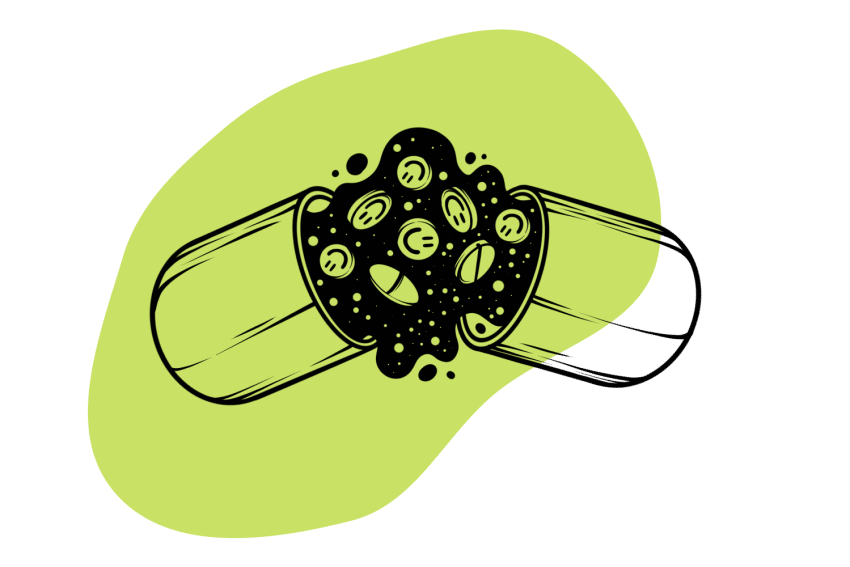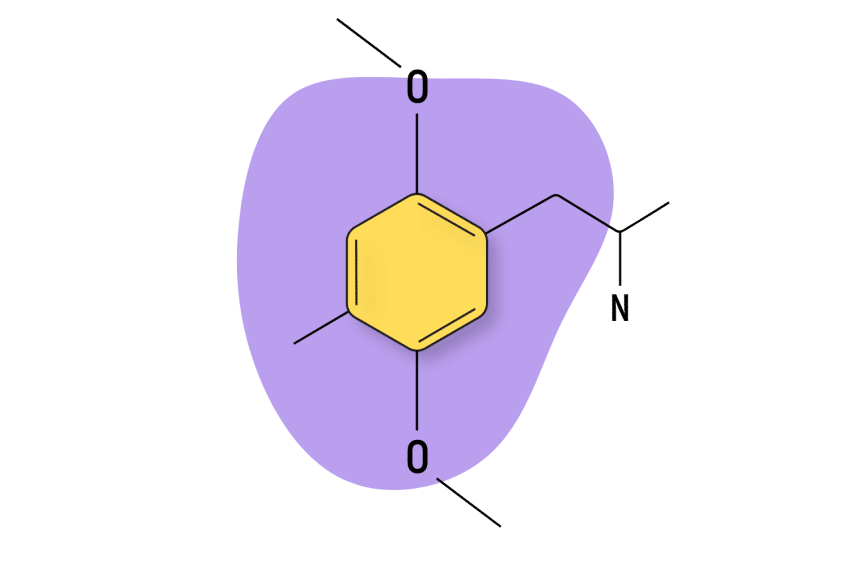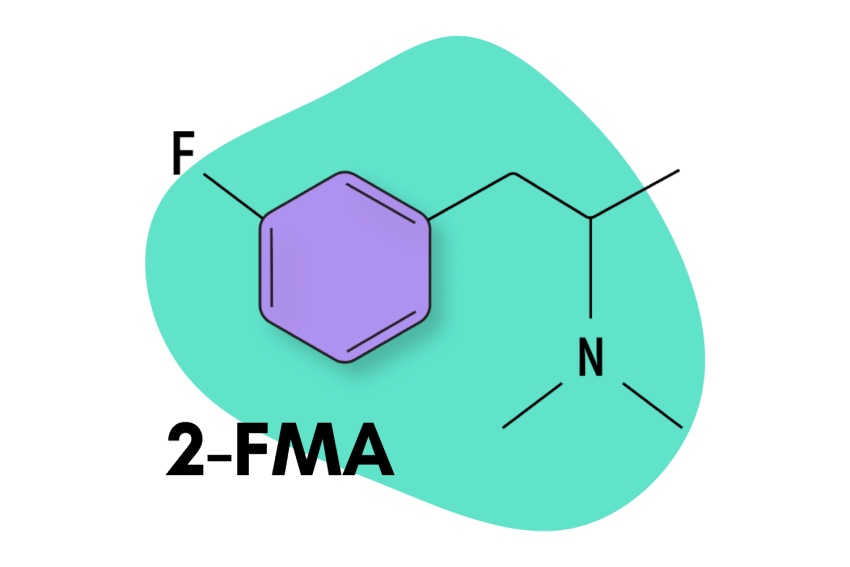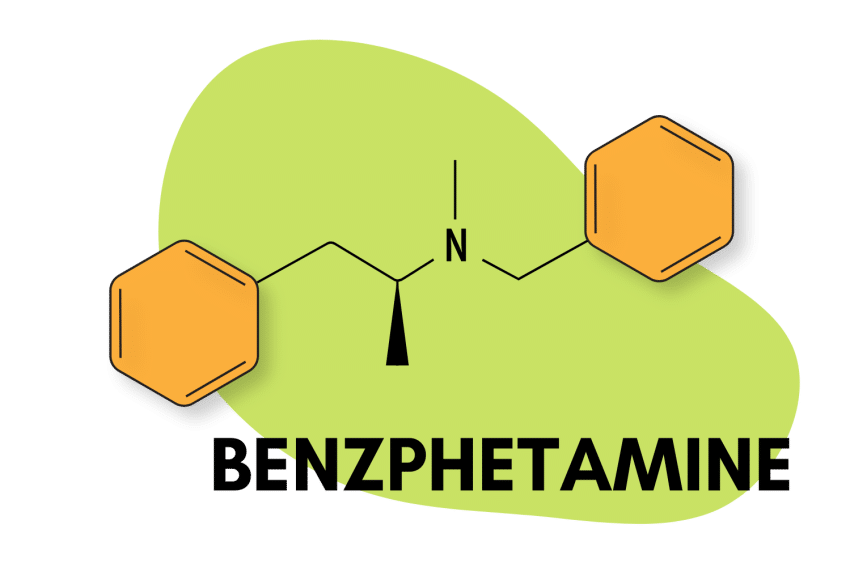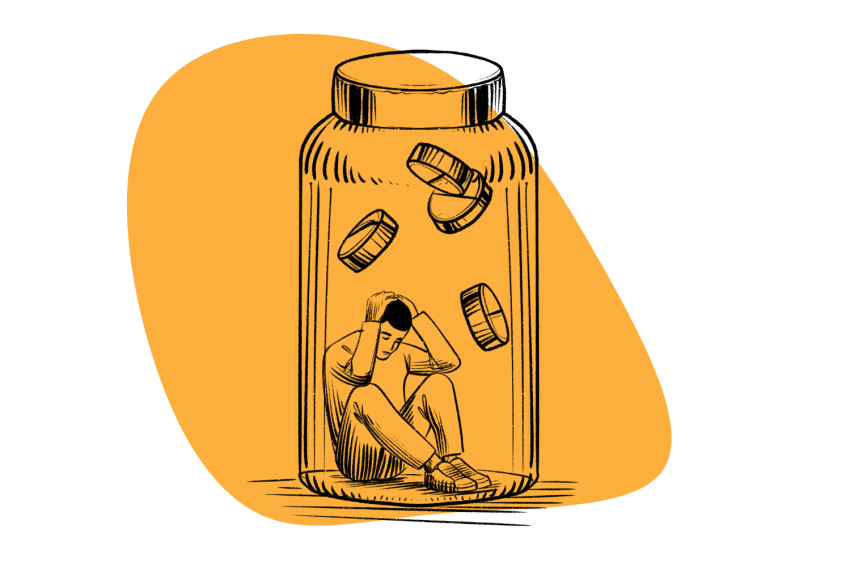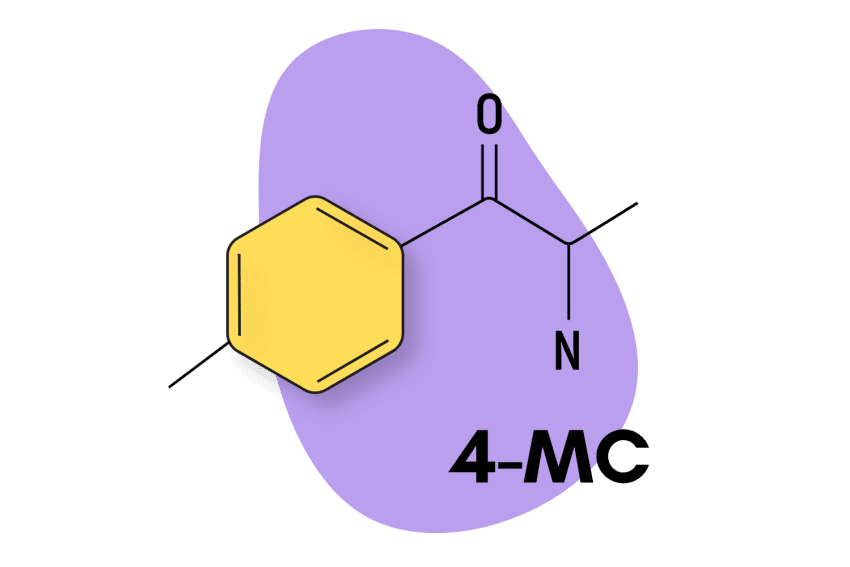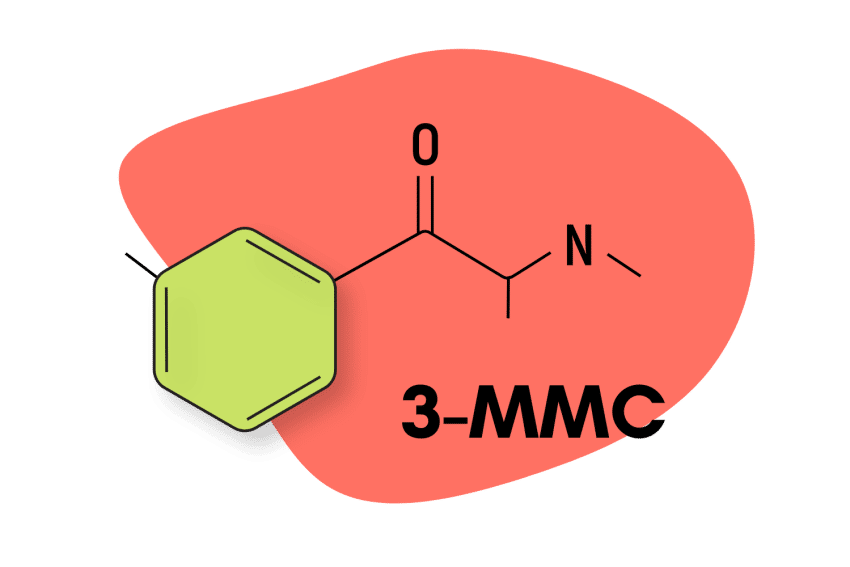MDPH (3,4-Methylenedioxyphentermine): A Novel MDMA-Like Drug With Nasty Side-Effects
Despite similarities, MDPH has not garnered the popularity of other MDXX compounds like MDA and MDMA. Here’s why you should avoid this compound too.
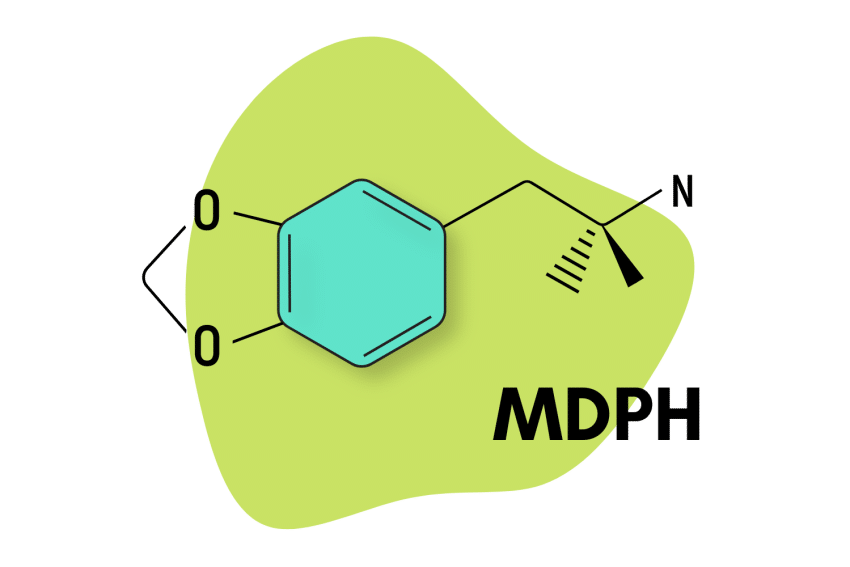
What is MDPH?
MDPH (3,4-Methylenedioxyphentermine) is a designer drug of the MDXX class.
Some of the most popular substituted amphetamines in the world, like MDMA and MDA, belong to the MDXX subclass. The strong serotonergic action of these compounds elicits the classic range of empathogenic effects, which is especially popular in the designer drug world.
Various empathogens are also becoming more interesting to researchers looking to bring psychedelics back into the therapist’s office.
Despite its promise, MDPH has turned out to be a fairly disappointing compound. Alexander Shulgin, its creator, described it as “not as rewarding as MDA, and has none of the magic of MDMA.”

MDPH is also strangely absent from designer drug forums, which further points to an unsatisfying effects profile and an overall lack of popularity.
For anyone who enjoys the empathogenic and euphoric effects of MDA and MDMA, we would suggest that you stick with these drugs and leave MDPH alone.
Why try to fix what isn’t broken?
MDPH Specs
| Chemical Name | 3,4-Methylenedioxyphentermine |
| Level of Risk | Moderate |
| Other Names | N/A |
| Most Common Side Effects | Anxiety, paranoia, agitation, confusion, increased heart rate, increased blood pressure, palpitations, chest pain, and difficulty breathing. |
| Duration of Effects | Three to five hours |
| Estimated Threshold Dose | 75 m |
| Common Dose | 160 to 240 mg |
| Legality/Status | Research chemical |
| PubChem ID: | 13020598 |
| CAS# | 39235-63-7 |
Tripsitter Safe MDPH Guidelines
- 🐍 I understand why psychostimulants should be treated with respect
- ⚖️ I’m familiar with the laws for MDPH in my country & state
- 🍄 I’m familiar with and confident in the dose I’m taking
- 🧪 I’ve tested a sample of the substance I’m using with a drug-testing kit
- 💊 I’m not mixing any medications or other substances with MDPH
- 🏔 I’m in a safe & comfortable environment with people I trust
- 🐺 One of the members of my group is responsible and sober (AKA a trip sitter)
- ⏳ I have nothing important scheduled for after the trip
- 🧠 I’m in a sound & healthy state of mind
- ❤️ I don’t have any underlying health issues — don’t take MDPH if you have underlying heart, neurological, or psychiatric disorders
- 👭 Use the buddy system — MDPH can remove your inhibition and allow you to make unsafe decisions, always stay with people you trust, and never go out alone
- 🌵 I understand the risk of dehydration — it’s easy to become dehydrated while on MDPH, so make sure you’re drinking a cup of water every hour while using MDPH
- 🦻 Protect your hearing — music can be intoxicating while on MDPH, so protect your hearing and bring ear protection before you go out to a club or concert
What Are The Effects of MDPH?
The effect’s profile of MDPH is somewhat of a mystery. The drug does not appear on any of the major online forums for designer drugs, and it receives virtually no mention in public medical databases.
Unfortunately, this lack of information leaves us with very little to go on except for the comments made by Alexander Shulgin in his book PiHKAL (Phenethylamines I Have Known And Loved).
According to Shulgin, the effects of MDPH are similar to those of MDA but not potent or enjoyable. He also described MDPH as lacking the “magic” of MDMA. This likely means that MDPH lacks the slightly psychedelic effects of MDMA and has less ability to produce the euphoric and empathogenic effects of the latter.
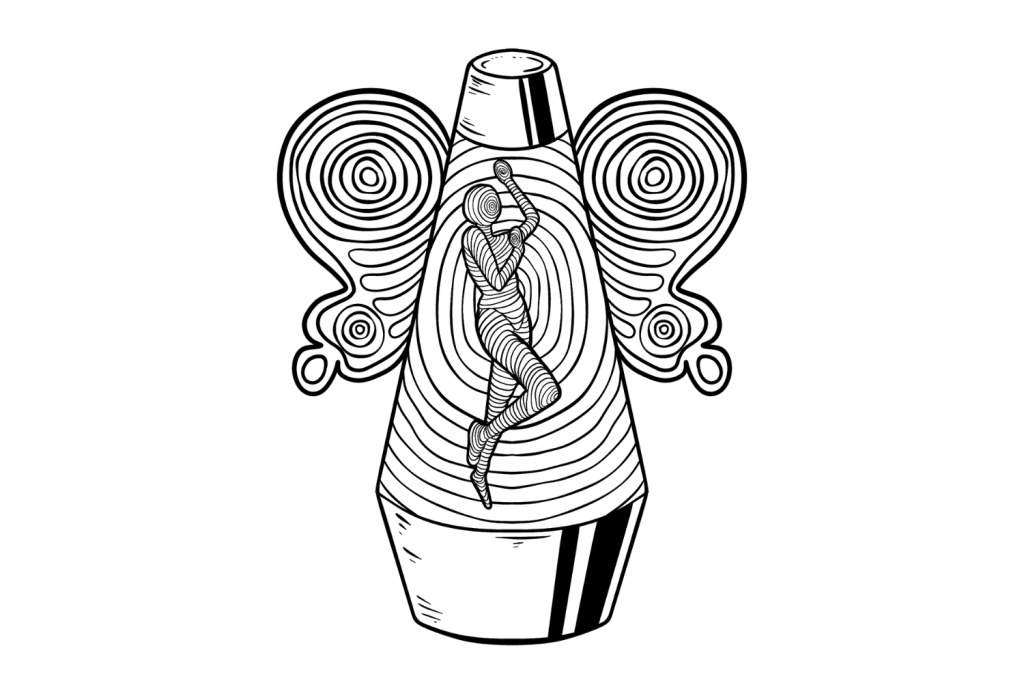
Shulgin’s description seems to suggest a compound that is either not as pharmacologically active as MDMA or MDA or, on the other hand, might lean more towards the stimulant side of the spectrum rather than the empathogenic side. Shulgin also mentioned a foul taste and affinity for making the user feel queasy, which could suggest a higher incidence of adverse effects or ‘body load.’
In the end, there’s not much we can say about MDPH without further research. The dozens and dozens of MDXX compounds available operate in the spectrum between stimulant, psychedelic, and empathogenic spectrum, while many of them are not active in psychoactive terms. This means there’s a vast possibility for pharmacological diversity, so we shouldn’t attempt to take shots in the dark.
Is MDPH Safe? Risks & Side Effects
As you might have imagined, the safety profile of MDPH is unclear because of its obscure status.
When it comes to the large dangers, such as the possibility for acute intoxication (overdose), compounds in the MDXX class can, of course, be dangerous, but they’re not as potent as fluorinated amphetamines like 2-FA and 4-FA and nowhere near as potent as a substituted cathinone like MDPV and mephedrone.

However, the usual risk factors associated with recreational use are likely to be present: polydrug use, dehydration, compulsive redosing – all these things can meaningfully contribute to a serious health event.
If we knew the relative dopaminergic and serotonergic action of MDPH, we could make a more accurate assessment, but, alas, we don’t.
In general, dopaminergic compounds like cocaine and meth have a substantial risk potential for cardiovascular-related ailments like cardiac arrest, tachycardia, and heart damage. They have also been meaningfully linked to strokes. Serotonergic compounds can cause hyperthermia, provoke long-term depletion of serotonin, and can cause serotonin syndrome, a potentially fatal condition.
What is Harm Reduction?
Harm reduction tactics are important because they aim to reduce the negative consequences associated with certain behaviors or activities, even if those behaviors or activities are not stopped altogether.
The goal of harm reduction is to minimize harm and promote safety, health, and well-being, without necessarily requiring total abstinence.

Some examples of harm reduction tactics include providing clean needles to reduce the spread of infectious diseases among people who inject drugs, distributing condoms to reduce the spread of sexually transmitted infections, and providing designated drivers to reduce the risk of drunk driving.
Harm reduction is important because it acknowledges that certain behaviors or activities may continue despite efforts to stop them and that people should be supported and empowered to make choices that minimize harm and protect their health and well-being. Harm reduction also recognizes that people may be more likely to engage in behaviors or activities if they believe they can do so safely and that reducing harm can ultimately help people to transition to healthier behaviors or lifestyles.

